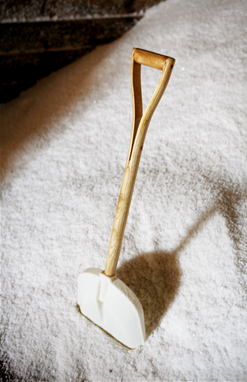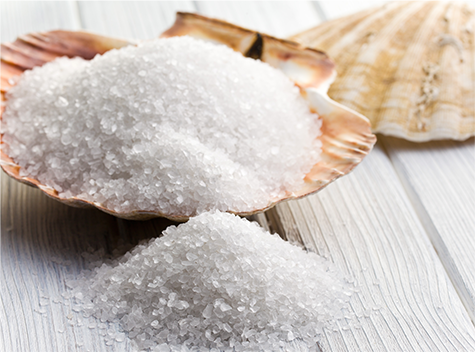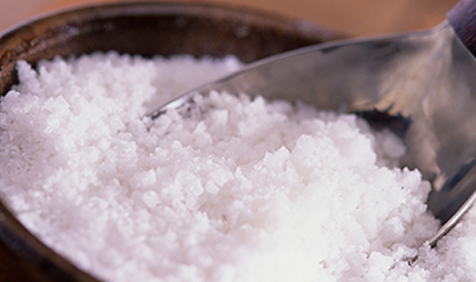Salt Guide
Various uses of salt

-
Development of various uses of saltThe Salt Industry Promotion Act defines salt as crystals that contain sodium chloride above a particular ratio. It is one of the ingredients easily found in homes, but its uses vary.
It is used for cooking, dyeing fabrics, and even making medicine such as IV fluids.
Recently, its range of use has been expanding gradually with the introduction of salt-based toothpaste, cosmetics, and detergents to the market.
Type of edible salt
Edible salt is the reprocessed or processed crystals from seawater (including deep sea water), rock salt or lake salt, whose main component is sodium chloride or crystallized or purified and crystallized seawater. Sea salt and other salts imported for culinary purposes must be certified as edible salt in the producing country and must be sanitized and produced according to the definition of each salt type. In addition, edible salt must not contain salt made for other purposes such as industrial salt. Different types of edible salt include sea salt, reprocessed salt, burnt salt, pure salt, refined salt, processed salt, and other salts. See below for more details on each type of salt.
-
Sea saltIt is a salt obtained by grinding, washing, dehydrating and drying the crystals with sodium chloride as the main content obtained by natural evaporation of seawater in the salt farm. Sea salt must not contain other substances such as food additives.Reprocessed saltIt is a salt obtained by dissolving, filtering, precipitating, recrystallizing, and dehydrating the salt (100%) with refined water, seawater, or seawater concentrate.Burnt, pure saltIt is a salt obtained by changing the original form of the salt (100%) by burning or melting. This does not include processing the salt by washing, grinding, or compressing.Refined saltIt is a salt made by concentrating and refining seawater or putting water dissolved in 100% salt into an evaporation facility.Other saltsThese are edible salts other than the above salt types prepared as powder or crystal by processing rock salt or lake salt.Processed saltIt is a salt processed by mixing different types of edible salt together or using at least 50% of sea salt, reprocessed salt, burnt or pure salt, refined salt, or other salts to mix with another food or food additives.(Source: Korean Food Standards Codex)
-








